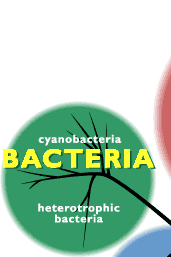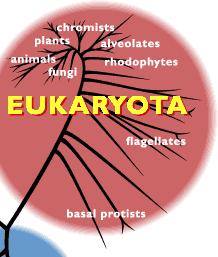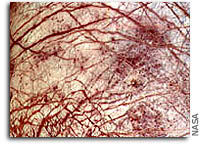I am posting this article to spark a debate on numerous ancillary aspects implied by these findings. One that I am interested in is the importance of specific DNA sequences surviving beyond the "individual", another that cannot be overlooked is if there exists in certain environments, naturally occurring "Gene Banks" that preserve DNA across long periods and from which, at least microbial genetics can access pre-existing advantageous episomal information to enhance the efficacy of environmental mutational adaptation.
This last conjecture is just to stimulate talk but I suggest this is a finding that will come back into discussion with reference to many areas from environmental ecology to cryogenics.
Also the links back at the original article are too important to ignore and I suggest that all "serious students" go to that page just to data mine it.

http://www.nature.co.../030414-11.html
Siberia yields oldest authenticated DNA
400,000-year-old plant sequence pulled from the permafrost.
18 April 2003
REX DALTON

Sediments from glacial deposits could hold DNA data for whole ecosystems. © Science
References
Willerslev, E. et al. Diverse Plant and Animal Genetic Records from Holocene and Pleistocene Sediments Science published online, doi:10.1126/science1084114|Article|
Poinar, H. N. et al. Molecular Coproscopy: Dung and Diet of the Extinct Ground Sloth. Science, 281, 5375, (1998). |Homepage|
Cooper, A. & Poinar, H. N. Ancient DNA: Do it Right or Not at All. Science, 289, 5482, (2000). |Homepage|
Hoss, M. & Paabo, S. Mammoth DNA sequences. Nature, 370, 333, (1994). |Homepage|
Edited by Bates, 23 July 2005 - 06:22 PM.

























































